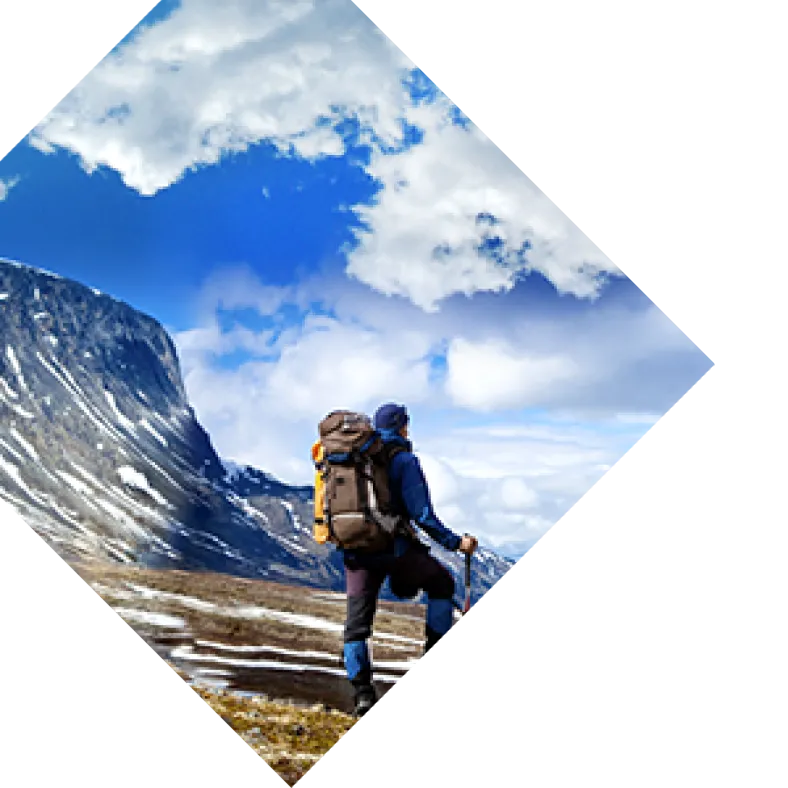I’ve always heard friends in Colorado and Denver locals talk about the Colorado 14ers. My perception of them relied heavily on the who. Had I been a complete stranger to the topic, the Colorado 14ers might as well have been a local band everyone couldn’t stop raving about. I decided to do a quick Google search on the subject. Results were as dry you’d expect: “A Colorado 14er is a mountain peak found in Colorado with an elevation between 14,000’ and 15,000’.” Google wasn’t going to cut it. To get a thorough answer, I’d have to go deeper. So part obsession with knowing everything, part knowing I wouldn’t get a better excuse to talk with Denver friends and call it “work,” I embarked on a quest for an answer to the following question: What is a Colorado 14er?
The Colorado 14ers: What Are They?
Disclaimer: You’ll find no complicated and dramatic origin story to this mountain range that I’m aware of. There very well could be one, but I searched high and far (meaning a lot of Google pages) and I found nada. Zilch. Squat. These mountains were formed just like the rest, the Earth’s plates collided and boom: mountains! Scientists are shaking their heads at that sparse explanation, but it’s the simplified version for this story. The more interesting—and to me worthwhile—answer comes from how Colorado locals view a Colorado 14er. I mentioned this earlier, but everyone has their own view on what the collection of peaks means to them. Believe it or not, there’s even some debate on the actual number of 14ers. One friend said the casual hiker will say there are 54 mountains that fit the description, while the more dedicated and involved outdoorsmen will insist there are 58. The debate stems from one’s opinion on defining a summit: to be a unique summit, most agree that a peak must rise more than 300 feet from its connecting saddle. “It’s basically a right of passage when living in Colorado,” said Travis Gauthier, Denver native since 2013. Aspiring peak baggers have this tone of reverence and excitement discussing the collection of peaks, whereas the more seasoned veterans refer to notable 14ers, like Capitol Peak and Mount Wilson, as old friends. It was at that moment I discovered the Colorado 14er effect.
The Colorado 14er Effect
Being a hiker myself, I’ve grown to understand and long for the intoxicating effect of being on a summit. It’s very much the same with the Colorado 14ers. Just read about Andrew Hamilton, who holds the fastest speed record for summiting every 14er (all 58 of them). And then there’s Whit Boucher and Ian Fohrman, two mountain bikers trying to ride to the top of every eligible 14er peak. Whether for a record-breaking climb or a humble personal record, the Colorado 14er effect drives various experience levels up the 58 peaks year after year. What’s beautiful about specific 14ers like Pikes Peak and Mount Evans, lies in their inclusive nature. Paved roads lead up to the two peaks, along with shops and restaurants, creating an “All Are Welcome” vibe without negating the ability for mountaineers to have a true summit. The more I talked with friends, the more I felt the Colorado 14er effect, and I was thousands of miles away from the nearest peak! Expressing my desire to go, friends gave their advice on recommended gear for my inevitable trek.
Colorado 14er Safety
I have to emphasize that Colorado 14ers are NOT your average day hike, so it’s extremely important you always approach a summit with the safest possible route in mind. The Colorado 14er season doesn’t officially start until mid-June, ending in late September. Any other time of year and you’ll likely encounter strong winds, chilly temps, and lots of snow. Locals recommend you bring plenty of water, a sturdy pair of hiking shoes, an eye for altitude sickness symptoms, and a rain jacket due to the volatile weather conditions. For more essentials, read this checklist before heading on your next hike. If you’re like me and are thirsty for your own 14er challenge, check out the following beginner 14er treks I plan on trying the next time I’m in Denver: Mount Bierstadt Grays and Torreys Peaks The Decalibron Loop Huron Peak images by Ryan Fallt
You may also enjoy
View all articles in this category
Hiking and Backpacking Trails
Father’s Day in the Wild: Tips, Tricks, and Stories from Outdoor Dads

Hiking and Backpacking Trails
Hiking Through Time

Hiking and Backpacking Trails
6 Best Day Hikes Near Seattle
Hiking near Seattle? Here are six day hikes you won’t want to miss.


